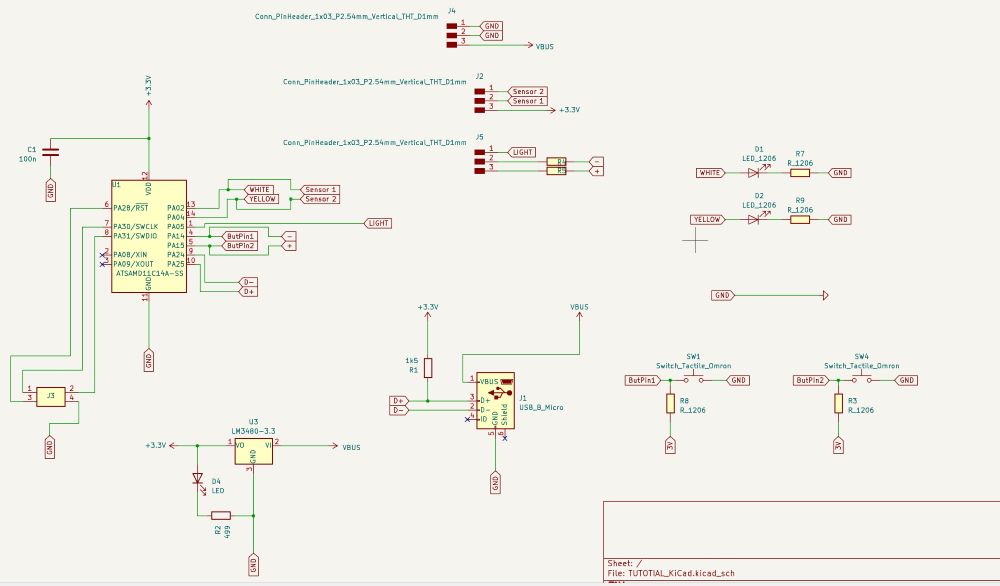16. Applications and Implications
What will it do?
- In minimal variation it could be used as additional sourse of light, so light will switch on when user will interact with object (give data on sensor), depending on income data system will react relible to UX.
Who has done that beforehand?
- This idea follows general trend (involved in Fourth Industrial Revolution) correlating with "Internet of Things" concept (this concept generally is about Hi-Tech living environment, data exchange between routine object environment).
What will you design?
- Most likely it would be a table lamp with base station for righting media (probably some additional parts depending on how many sensors will be used).
What materiald and components will be used?
- PLA 3D printing, plywood milling, alluminium tube, cutted boards, SAMD11C and so on.
- At least will use photoresistor sensor, as maximum also distanse and elecro-magnetic field sensor.
- For output will use Neopixel leds.

Where they will come from?
- Use materials from the Lab, the only one component that need to be bought is distance senter, ordered it in online shop "Brico Geek".
How much they will cost?
- Distance sensor about 30 euro.
What parts and systems will be made?
- Central part of prototype is base (plywood) with stand-slot (3D print PLA) for writing media (pen, pencil, stilus, so on).
- It also will be basement for head of lamp (3D print PLA), connected by aluminium tube (wires inside, main board in the base).
- As maxium photoresistor and neopixels will be located in head, distance sensor and all electronic hubs will be located inside base.
- Probably will add plane station for laptop with electro-magnetic field sensor for additional light mode.
What prosses will be used?
- 3D modeling, 3D printing (head, slot), CNC double side milling (base), lasercut (light defusor), electronic design (KiCad PCB), electronic production, programming, coding, prototype adjusting.
What questions need to be answered?
How will it be evaluated?
- Affordance for system-user ineraction.
- Step of difficultness (according to spiral project development and module system prototyping) that will be realised.
- Aesthetical characteristics.
- Quality of produce realisation.
- Laconic UX.
